|
I was excited to develop and teach a weeklong Coral Reef Adventure course for Nueva Summer this year! During the remote class, students were immersed in the most biodiverse marine ecosystem on Earth— the coral reef. Through activities like engineering a coral polyp out of household items and virtually diving the extraordinary reefs of Palau, students explored the fundamentals of coral reef ecology.
Coral Polyp-Palooza
Tiny zooxanthellae algae live within the tissues of the polyp. Corals provide the zooxanthellae with a protected home and the coral's waste gives energy to the zooxanthellae. Through the process of photosynthesis, the zooxanthellae produce food for the coral. Since they both benefit from each other, the symbiotic relationship is referred to as mutualism.
3D Corals & Coral BleachingWhile our polyps were delightful, it's also an option to 3D print durable physical models of polyps or entire colonies. 3D models of actual coral specimens can be made using a technique called photogrammetry to “capture” corals in three dimensions. In the process, multiple 2D photographs of a coral taken from different angles are combined into one 3D digital model using custom computer software. Models can be created through photogrammetry of both living corals underwater and preserved specimens in a museum. These types of models can be made for scientific study, museum exhibits, education, aquariums, or just for fun! Non-profit organization called The Hydrous, committed to connecting people to the ocean through technology, has a diverse gallery of digital coral models (see them on SketchFab). Once you have a digital model of a coral, it can be easily 3D printed.
Once the coral model's paint was completely dry, I was ready to test it. I placed the model in warm water to simulate coral bleaching - the phenomenon that is causing the rapid decline of coral reefs. In an actual coral, as water temperature increases, zooxanthellae leave the coral and it turns white (or appears to “bleach”). It's a total breakdown of the symbiotic relationship between the coral and its zooxanthellae. Students were amazed by the visual transformation— see it yourself in the short video below. This demonstration could be replicated with your own 3D printed coral models of various species. The models could also be used in the classroom as the basis for student investigations or for a high-impact demo in a STEM fair or other science outreach event. All actual corals have bleaching thresholds, the temperature at which they will bleach, and this varies by species, shape, location, and a number of other factors. Sometimes, if conditions improve, zooxanthellae will repopulate and the coral will ultimately survive. Most often, though, a bleached coral will die. Thus, coral bleaching events due to climate change are a major threat to coral reef ecosystems worldwide. Virtual DiveOur course culminated with a virtual reality (VR) dive through the spectacular reefs of Palau! All week in our Zooms, students had practiced the SCUBA diving hand signals to communicate their status (ok? distressed?) and to indicate the presence of reef creatures like octopus, sharks, and sea turtles. On dive day, students donned VR viewers and got to submerge into an underwater world. During the dive, students felt like they were really underwater and could look in all directions to explore their surroundings - they even put the hand signals to use! I'm grateful that my friend Dr. Erika Woolsey, The Hydrous CEO and National Geographic Explorer, could arrange for ambassadors Andrea and Will to help us out. The dive itself is 360-degree VR movie titled The Hydrous Presents: Immerse. It beautifully recreates what it’s like to SCUBA dive, whether you're watching a huge manta ray glide overhead or looking down at the intricate and colorful reef below. The movie takes you on an underwater tour led by Dr. Woolsey and narrated by other marine scientists and young ocean advocates. Get your own preferred VR viewer- like this inexpensive Google Cardboard- and check out the film on YouTube! Additional ResourcesDo you want to go deeper? To continue your own coral reef adventure, here is a curated list of some resources for learners of all ages:
|
AuthorThis blog contains occasional dispatches from my science classroom and professional learning experiences. Thank you for reading! Archives
December 2021
|
|
Cristina Veresan
Science Educator |
Proudly powered by Weebly
|
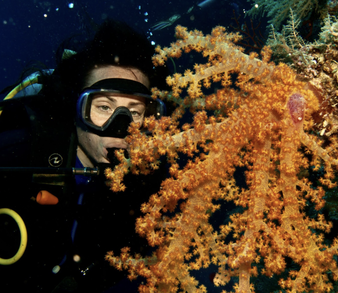
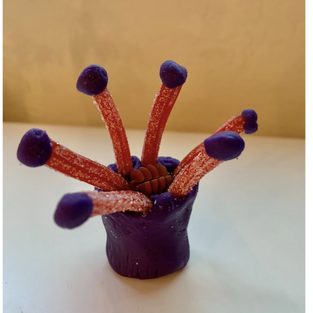
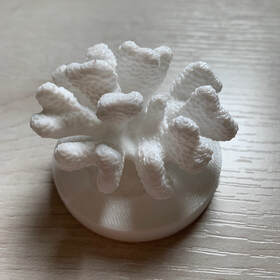
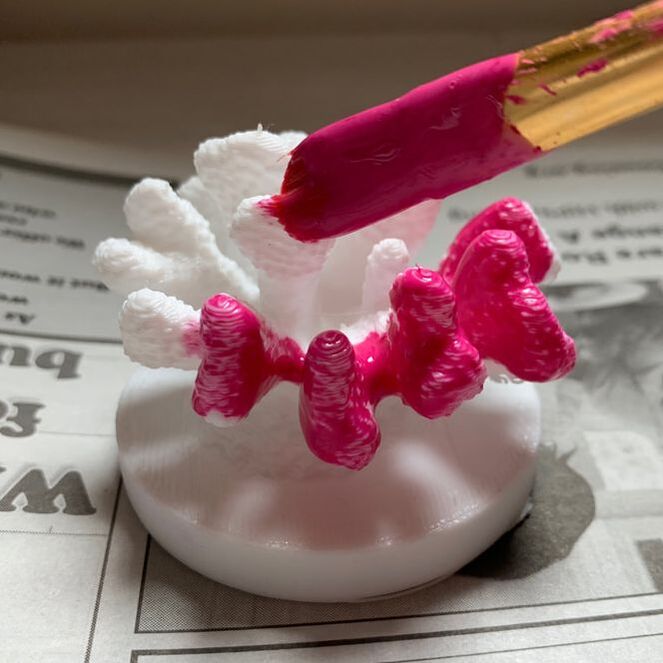
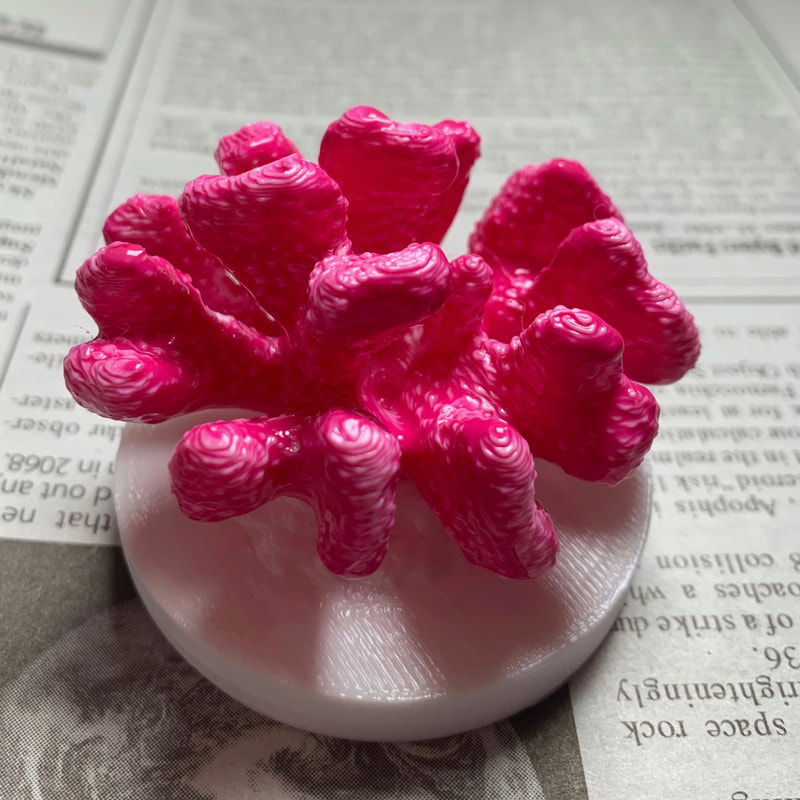
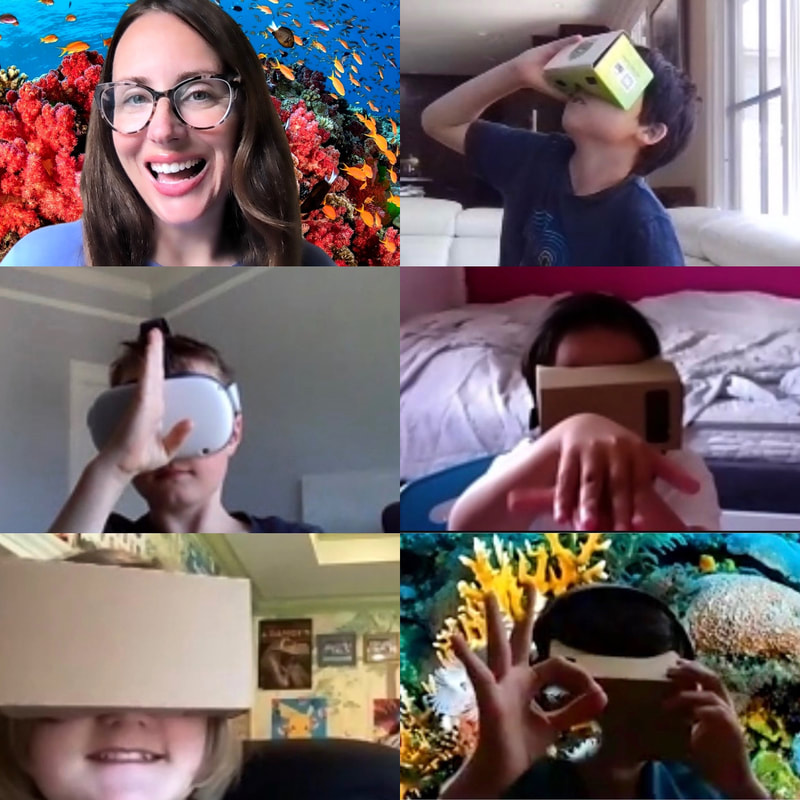
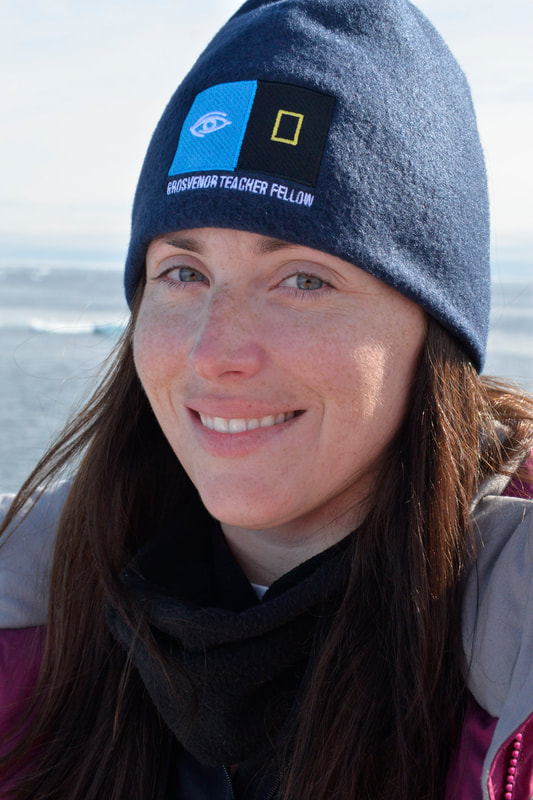
 RSS Feed
RSS Feed